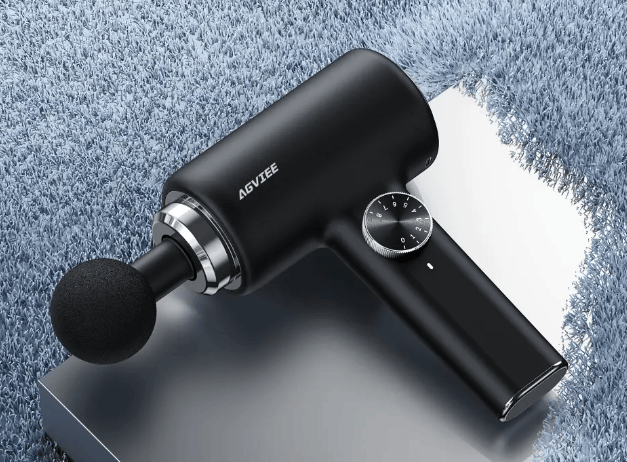- 操作系统:ubuntu22.04
- OpenCV版本:OpenCV4.9
- IDE:Visual Studio Code
- 编程语言:C++11
算法描述
创建一个滑动条并将其附加到指定的窗口。
该函数 createTrackbar 创建一个具有指定名称和范围的滑动条(滑块或范围控制),将变量 value 分配为与滑动条位置同步的位置,并指定回调函数 onChange 在滑动条位置改变时被调用。创建的滑动条将显示在指定的窗口 winname 中。
cv::createTrackbar() 函数用于在 OpenCV 的窗口中创建一个滑动条(trackbar),可以用来调整一些参数,并实时反映在图像处理的效果中。
注释
[仅 Qt 后端] 如果滑动条应附加到控制面板,则 winname 可以为空。
点击每个滑动条的标签可以手动编辑滑动条的值。
函数原型
int cv::createTrackbar
(const String & trackbarname,const String & winname,int * value,int count,TrackbarCallback onChange = 0,void * userdata = 0
)
参数
- 参数trackbarname 创建的滑动条的名称。
- 参数winname 将作为创建的滑动条父级的窗口的名称。
- 参数value 指向一个整型变量的可选指针,该变量的值反映了滑块的位置。在创建时,滑块的位置由这个变量定义。
- 参数count 滑块的最大位置。最小位置始终为 0。
- 参数onChange 指向每次滑块位置改变时将被调用的函数的指针。此函数应该原型化为
void Foo(int, void*);,其中第一个参数是滑块的位置,第二个参数是用户数据(参见下一个参数)。如果回调是指向NULL的指针,则不调用回调,但只会更新value。 - 参数userdata 作为参数原样传递给回调的用户数据。它可以用来在不使用全局变量的情况下处理滑块事件。
返回值
返回一个整数值,表示操作的结果或状态。具体含义取决于 OpenCV 实现。
代码示例:
#include <iostream>
#include <opencv2/opencv.hpp>// 回调函数
void onTrackbarSlide( int pos, void* userData )
{cv::Mat img = *( cv::Mat* )userData;cv::Mat thresholdImg;cv::threshold( img, thresholdImg, pos, 255, cv::THRESH_BINARY );cv::imshow( "Threshold Image", thresholdImg );
}int main()
{// 加载图像cv::Mat img = cv::imread( "/media/dingxin/data/study/OpenCV/sources/images/hawk.jpg", cv::IMREAD_GRAYSCALE );if ( img.empty() ){std::cerr << "Error: Image not found!" << std::endl;return -1;}// 创建窗口cv::namedWindow( "Threshold Image" );// 创建滑动条int thresholdValue = 128;int result = cv::createTrackbar( "Threshold Value", "Threshold Image", &thresholdValue, 255, onTrackbarSlide, &img );if ( result < 0 ){std::cerr << "Failed to create trackbar." << std::endl;return -1;}// 初始显示cv::Mat thresholdImg;cv::threshold( img, thresholdImg, thresholdValue, 255, cv::THRESH_BINARY );cv::imshow( "Threshold Image", thresholdImg );// 主循环while ( true ){int key = cv::waitKey( 1 );if ( key == 27 ){ // ESC 键break;}}// 释放资源cv::destroyAllWindows();return 0;
}
运行结果




















